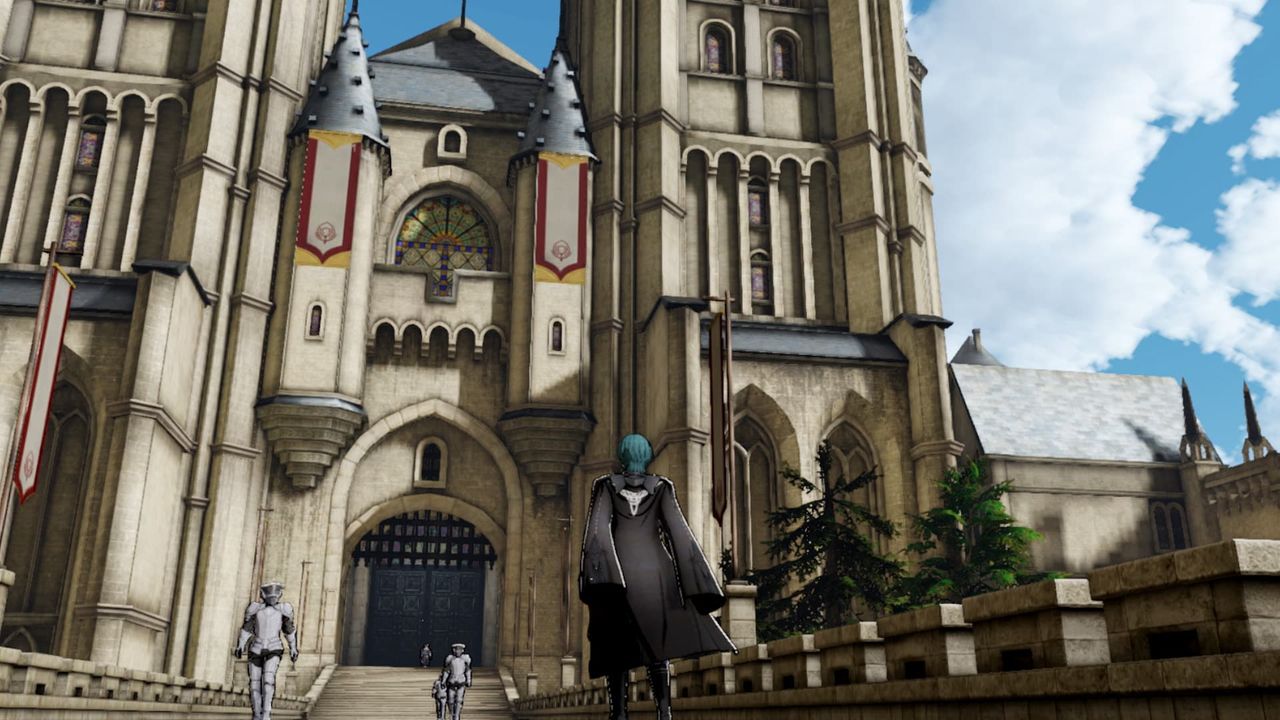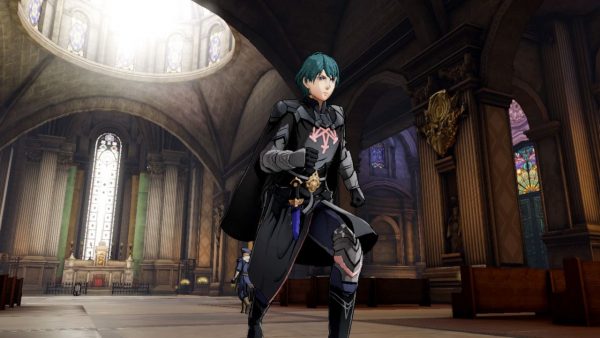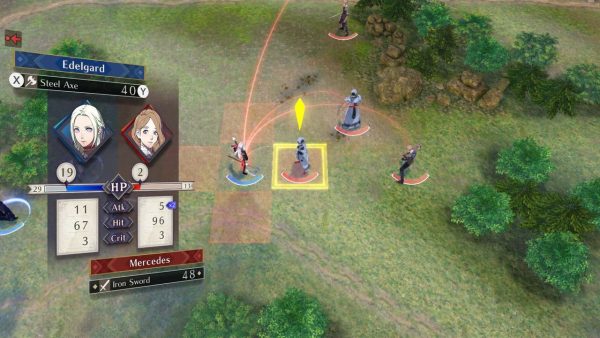
Gaming Writer Sam Arrowsmith reviews the latest entry in the storied Fire Emblem franchise, to see if the house still holds strong on the JRPG series
Fire Emblem has come a long way. Compared to Nintendo’s other franchises, like Super Mario, Pokemon and the Legend of Zelda, it had comparatively humble origins as a side project, inspired by the strategy game Famicom Wars, but aiming for a more nuanced story. The Japan-exclusive first game (Fire Emblem: Shadow Dragon and the Blade of Light) was quite a slow burner, sales-wise, taking two months to really hit its stride. Fire Emblem: Three Houses represents a huge jump, reaching number one in sales in its first week in both Japan and the UK, and is symptomatic of the series becoming more global and more mainstream, a trend started by Fire Emblem: Awakening and continuing with the newest instalment.
“Reaching number one in sales in its first week in both Japan and the UK
Three Houses follows Byleth, a shrewd and taciturn mercenary whose life on the road with his father Jeralt and their soldiers is interrupted by a chance encounter with the Knights of Seiros and, crucially, the leaders of the titular Three Houses: Edelgard of the Black Eagles, Dimitri of the Blue Lions and Claude of the Golden Deer. All are students of the prestigious Officers’ Academy, a kind of Hogwarts-expy for medieval soldiers, operated by the Church of Seiros, a religious organisation with a reach that spans the continent of Fodlan, led by an increasingly unstable Archbishop. Well, except for a notable weak point in the Adrestian Empire (I wonder if that’ll become important later?).
Byleth is called upon to be a professor at the Academy, to train the students to be the future leaders of their respective factions. What happens next depends on who you throw in your lot with, and in a game spanning five years, you ultimately get pulled into a greater scope conflict to decide the future of the continent. I chose the Black Eagles, because they are predisposed towards magic users, a prospect I found exciting, but the story changes with who you select, making it a game that encourages multiple playthroughs to see the different endings. It is never entirely clear who the real villain of the piece is, is it the mysterious Flame Emperor, the eccentrically named “Those Who Slither in the Dark”, or even the Church of Seiros itself? But that’s the whole point – the villain depends on who you side with.

Three Houses has two main areas of gameplay. First, you have the academy sections. At the Officer’s Academy at Garreg Mach Monastery, you have a large castle area to explore as Byleth, and there are numerous ways to interact with your students and fellow faculty. You can have a meal with them in the canteen, invite them for tea, give gifts, all of which help to build those all-important support levels. This open world exploration is a fantastic addition to the castle hub seen in previous games, as it makes the increase in bonding levels more believable, especially in conjunction with support gained in combat. The set piece of the teaching segment, though, is tutoring. Over each teaching week, you can give training in specific areas to students with enough morale, advancing their skills with specific weapons, or skills. This makes your soldiers more customisable than ever. For example, one of my guys, Caspar, is a fast bruiser who has proficiency as a brawler, so I focused on tutoring him in brawling, until I was able to promote him to a War Master. Getting to this point felt immensely satisfying and watching him sprint into battle with his Wolverine-like gauntlets was a sight to behold. Fittingly, in order to promote your characters, they need to have sufficiently high stats to pass the Certification Exam, replacing the Seals of previous instalments. This makes it more realistic, but may not be the best de-stresser come exam time…
“The ability to rewind time means that poor decisions are not necessarily fatal
The second area of gameplay is, of course, the big set piece battles. The turn-based battles will be very familiar to veterans of the series, with much of the gameplay coming from previous instalments. The graphics are an improvement on the 3DS games that came before, a style that’s a lot less polygonal than Awakening or even Fates. There are some changes, though, which make for a richer overall experience. The ability to rewind time means that poor decisions are not necessarily fatal, which makes Fire Emblem’s trademark permadeath function less tense. The characters are all richly developed, which make slowly watching them die all the more painful (for those who don’t like the threat of watching your favourite characters die, a Casual Mode exists, allowing units to return after battles). Characters can also be proficient with a greater variety of weapons. This does count out the traditional weapon triangle but is probably more realistic as far as combat is concerned. Best of all, though, is battalions. These allow you to assign rank-and-file troops to your characters, and you can launch battalion attacks in conflict. It’s amazing to see a load of swordsmen charging at enemy units, a huge crew of archers firing a rain of arrows upon the battle lines, or even pushing a bomb laden cart to scatter soldiers. They don’t just look good, though, as they provide status effects, like healing, or starting fires. This makes combat a lot more varied, and more fun. The villains have their own battalions though, and you even come up against huge beasts that take up at least four map squares and boast multiple health bars that you must chip away at to win the day.

However, before I get carried away praising this game, I have to report some issues. The first concerns Byleth himself. Fans of Awakening and Fates will remember the Avatars (Robin and Corrin respectively), as being thoroughly customisable, as well as being particularly outgoing, which makes them easy to root for. Byleth, by contrast, is restricted to a male form and a female form, with no customisation options available therein.
“This is a fantastic game
I maintain this is a fantastic game, with a deep story, enjoyable combat system and fantastic characters that will always draw you back for multiple playthroughs. Phoenix Mode probably means Fates is still, I would argue, the best jumping on point for newcomers to the series. This, however, is ideal for players who have already seen what the series has to offer but feel like a new challenge.
______________________________________________________________________________________________________
What else have Nintendo been up to? Have a look!
Gaming News: Smash Ultimate becomes the best-selling fighting game
Comments